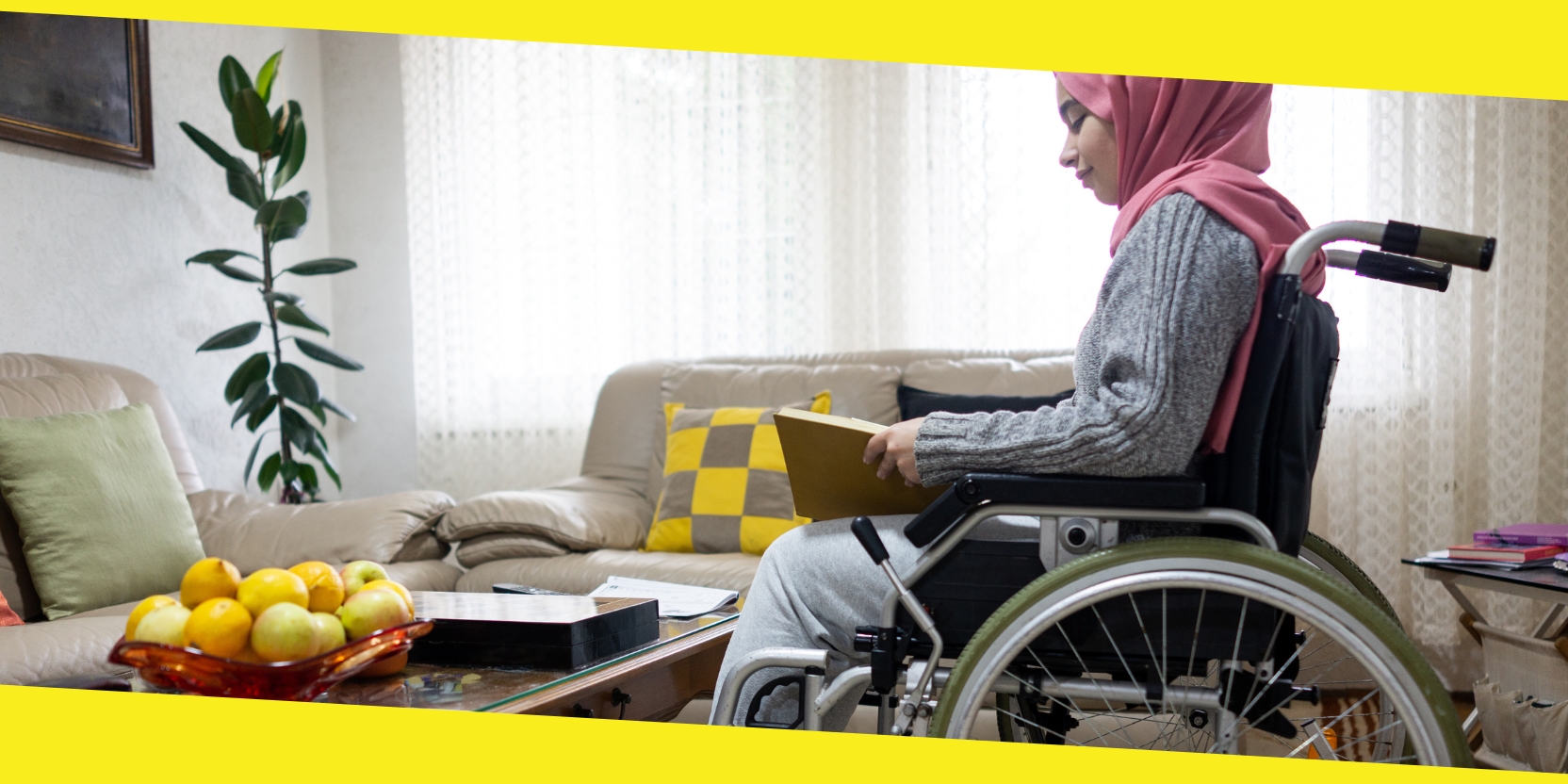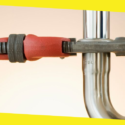Rolling By: Essential Tips To Make Your Home Wheelchair Accessible

Making a home wheelchair accessible is a critical step in ensuring that people with disabilities can access all areas of their own homes and maintain their independence. Home accessibility is especially important for people with mobility impairments, as they may not be able to access certain rooms or use certain appliances without the help of a caregiver or family member.
A home that is wheelchair accessible eases the need for assistance and allows the person to move independently throughout their own home, providing a greater sense of security, autonomy, and comfort. Additionally, home accessibility can help reduce the risk of falls and injuries that can occur when attempting to access certain areas of the home. Having a home that is wheelchair accessible provides a safe and comfortable environment, allowing people with disabilities to be independent and in control of their own lives.
Have A Residential Elevator Installed
A residential elevator can be a great way to make life easier for people with disabilities. By installing a residential elevator, they can have full access to their homes without having to worry about the physical strain of climbing stairs. Installation is relatively simple and straightforward, with minimal disruption to the existing structure of the home.
The most obvious benefit of a residential elevator is that it eliminates the need for climbing stairs. This can be a huge relief for someone with a disability, allowing them to move more freely within their home. The installation process is usually quite simple, requiring minimal disruption to the existing structure of the home. Professional installation teams can assess the needs of the home, and if necessary, make any adjustments to accommodate the elevator.
A residential elevator can also provide a sense of security and independence. People with disabilities can feel confident in their ability to access different levels of their home. With a residential elevator, they no longer have to rely on someone else to help them get around. This can help to improve their quality of life and give them a sense of independence.
In addition, residential elevators can add aesthetic appeal to a home. They come in a variety of styles and colors, and can be a great way to improve the look of a home.
Make Doorway Modifications
Making doorway modifications to make a home more wheelchair accessible is an important part of creating a safe and comfortable living environment for those with mobility issues. Doorways can be modified to accommodate wheelchairs, walkers, and other mobility aids to help make it easier for those with limited mobility to move around their homes.
Widening the doorway allows for a wheelchair to pass through easily and can be done by removing the door frame and adjusting the opening to the desired size. The doorway should be at least 36 inches wide in order to allow a wheelchair to pass through comfortably. Lowering the door handles can make it easier for those in wheelchairs to open and close doors. This can be done by replacing the standard door knob with a lever handle, which is easier to grip and operate.
Add Wide Hallways Or Ramps
If your home is too small for you or if you are unable to navigate around obstacles, then add a ramp or ramp modification so that you can navigate around obstacles and get to higher levels of your home. You can buy a ramp kit from your local hardware store or from any home improvement store so that you can easily add a ramp or ramp modifications.
You can also add wide halls so that you can maneuver around obstacles and get to higher levels of your home. You can add wide halls by adding stairs on both sides of the hallway or by widening the hallway itself. You can even add a small ramp for easy access. If the hallway is too narrow, then you can add a small ramp on one side of the hallway and widen the hallway itself on the other side of the hallway.
Provide Wheelchair Parking and Storage
Wheelchair parking and storage is essential in a home to ensure a safe and accessible environment for those with disabilities. Wheelchair parking and storage is important to provide a safe place to store wheelchairs when not in use, as well as a secure area to park wheelchairs when not in use. This can help reduce the risk of wheelchairs being stolen or damaged. Additionally, having wheelchair parking and storage can provide a more efficient way for people to move around inside their homes. This can help those with mobility impairments to easily get from one area of the home to another.
Having wheelchair parking and storage can also help to reduce clutter and make the home look more organized. This can help to make the home more functional for those with disabilities and make it more inviting for visitors. Having ample storage areas can also help to reduce the need to constantly rearrange furniture and other items in order to make room for wheelchairs. This can make life much easier for those with disabilities and can make their home more livable.
Installing Handrails
Installing handrails and grab bars is an important step in making a home more accessible to those with disabilities, especially those with limited mobility who use wheelchairs. Handrails provide a safe, secure way for those with disabilities to move around their homes and can offer additional stability when navigating stairs or other uneven surfaces. Handrails can be installed on both sides of staircases, along walkways, and near doorways to provide extra support when needed. Installing handrails is also an effective way to add aesthetic appeal to a home, as they come in a variety of styles and colors.
When installing handrails, it’s important to ensure that they are securely mounted to the wall and that those with disabilities they are the correct height for the user. For those in wheelchairs, the handrails should be at least 34 inches above the floor, but no higher than 48 inches, to allow for easy access. The handrails should also be placed at least 12 inches away from walls to allow for easy maneuverability. Handrails should also be slip-resistant to reduce the risk of falls.
Making your home wheelchair accessible can be a challenge, but with the help of a professional, it can be done. By adding wide halls or ramps, providing wheelchair parking and storage, and installing handrails, you can create a safe and accessible home for.
Recommended For You
How to Keep Your Homes Safe and Secure from Pest in Boise?
Most Inside
Most Inside offers high-quality recommendations and valuable updates to enhance all aspects of your life, providing premium guidance and enriching experiences.




